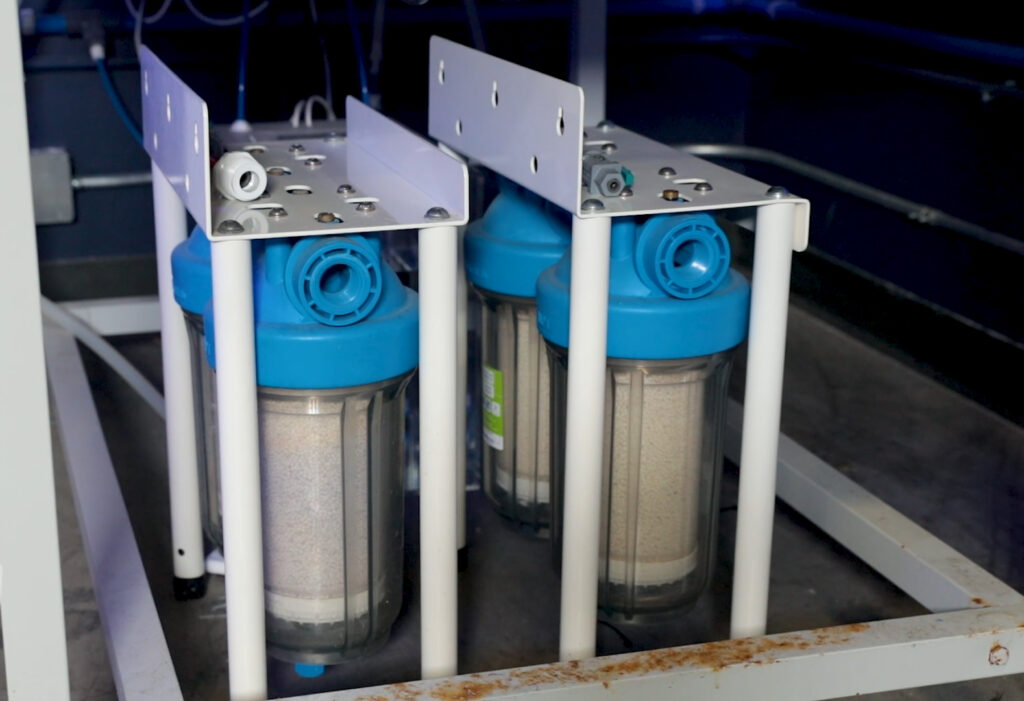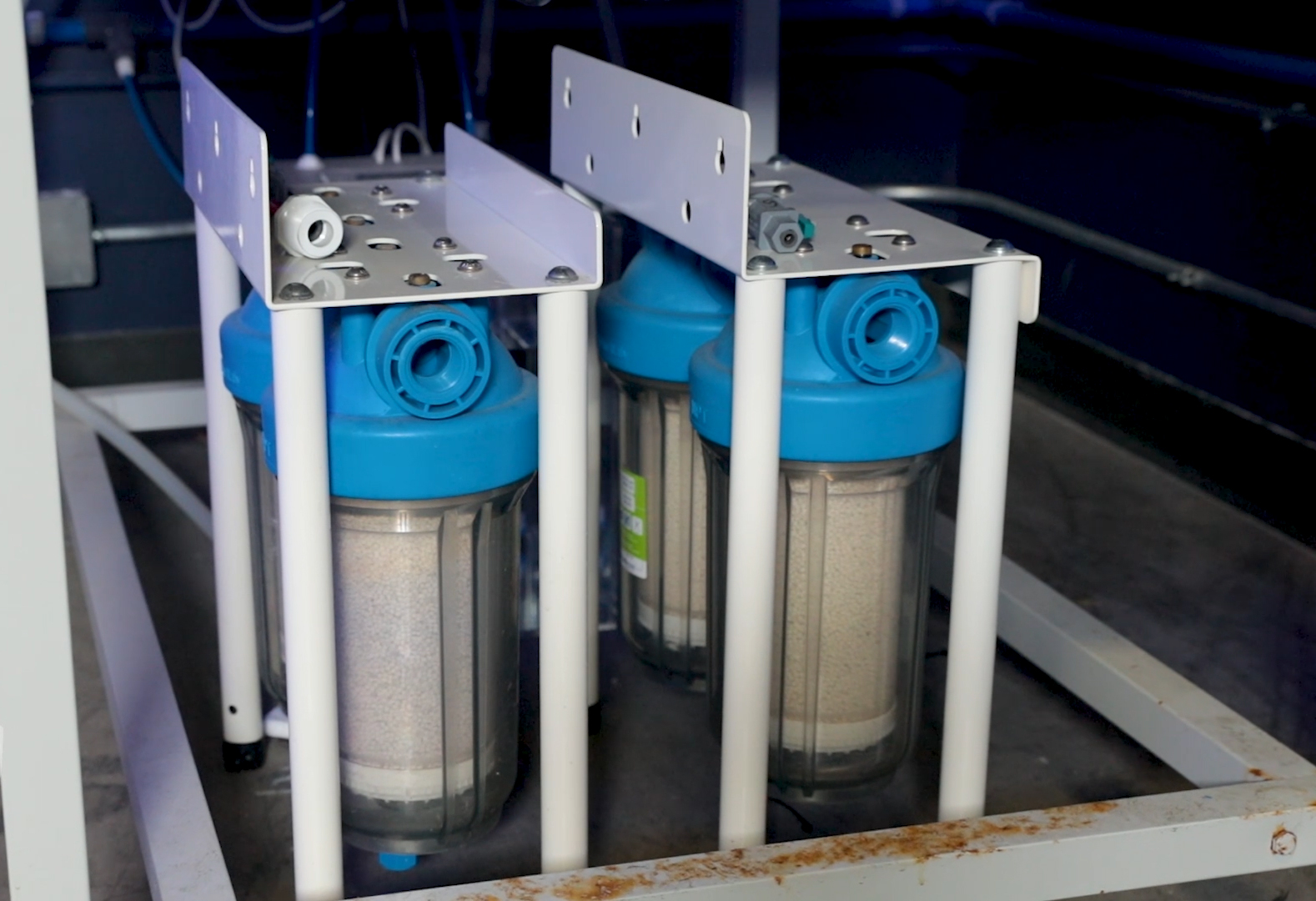
How to Raise pH in Reef Tank: Expert Advice for a Thriving Ecosystem
Maintaining the ideal water parameters is crucial for the health and vibrancy of a reef tank. Among these parameters, pH plays a pivotal role. A stable and appropriate pH level is essential for the well-being of corals, invertebrates, and fish. However, sometimes, a reef tank’s pH can dip below the optimal range, posing a threat to the delicate balance of the aquatic ecosystem. This article delves into the intricacies of how to raise pH in reef tank, providing expert advice and practical solutions for aquarists of all levels. We will explore the causes of low pH, the importance of maintaining proper levels, and the various methods available to effectively and safely increase pH.
Understanding pH in a Reef Tank
pH, or potential of Hydrogen, measures the acidity or alkalinity of a solution. In a reef tank, the pH level indicates the concentration of hydrogen ions in the water. The ideal pH range for a healthy reef tank typically falls between 8.1 and 8.4. This range is crucial because it impacts various biological processes within the tank, including coral calcification, the availability of essential elements, and the overall health of the inhabitants.
A pH that is too low (acidic) can have detrimental effects. It can:
- Hinder coral growth and calcification
- Stress fish and invertebrates
- Lead to the dissolution of calcium carbonate structures
- Make the water more susceptible to the build-up of harmful substances
Conversely, a pH that is too high (alkaline) can also be problematic. While less common, excessively high pH can lead to precipitation of essential trace elements and potentially harm sensitive organisms. Therefore, maintaining the proper pH balance is a delicate but critical aspect of reef tank management. Knowing how to raise pH in reef tank is a core skill for any reef tank owner.
Causes of Low pH in Reef Tanks
Before addressing how to raise pH in reef tank, it’s essential to understand the common causes of low pH. Identifying the root cause is crucial for selecting the most appropriate and effective solution. Several factors can contribute to a drop in pH:
- Carbon Dioxide Buildup: This is perhaps the most common cause. Carbon dioxide (CO2) from respiration of the tank inhabitants and the breakdown of organic matter dissolves in the water, forming carbonic acid, which lowers pH. Poor surface agitation can exacerbate this issue, as it limits the exchange of gases at the water’s surface.
- Insufficient Alkalinity: Alkalinity acts as a buffer, resisting changes in pH. Low alkalinity makes the tank more susceptible to pH fluctuations.
- Overcrowding: A high bioload (the amount of waste produced by the tank inhabitants) can lead to increased CO2 production and a lower pH.
- Poor Water Circulation: Inadequate water circulation can result in localized areas of low pH due to the accumulation of CO2 and organic waste.
- Use of Acidic Additives: Some additives, if used improperly, can lower pH.
Regular monitoring of pH, alkalinity, and other water parameters is vital for early detection of issues. This proactive approach allows aquarists to address problems before they escalate and negatively impact the reef tank.
Methods for Raising pH in a Reef Tank
Now that we understand the importance of pH and the common causes of low pH, let’s explore the various methods available for how to raise pH in reef tank. It’s important to note that any changes to water parameters should be made gradually to avoid shocking the tank inhabitants.
Improving Surface Agitation and Gas Exchange
Increasing surface agitation is often the first and simplest step. This can be achieved by:
- Using Powerheads: Strategically placed powerheads create water movement, improving gas exchange.
- Adjusting the Output of the Return Pump: Directing the return pump’s output towards the water surface can increase surface agitation.
- Using an Air Pump and Air Stone: While not always the most effective solution, an air pump and air stone can help with gas exchange, especially in tanks with limited surface agitation.
By enhancing gas exchange, CO2 is released from the water, which helps to increase pH.
Increasing Alkalinity
As mentioned earlier, alkalinity acts as a buffer, and increasing alkalinity can help raise pH. This can be accomplished by:
- Using a Buffer: Commercially available buffers specifically designed for reef tanks can increase alkalinity. Follow the instructions on the product carefully.
- Adding Kalkwasser: Kalkwasser (calcium hydroxide) is a highly alkaline solution that can increase both calcium and alkalinity, thereby raising pH. However, this method requires careful monitoring and dosing.
- Using a Calcium Reactor: A calcium reactor dissolves calcium carbonate media, releasing calcium and alkalinity into the water. This is a more advanced method, but it can be very effective for maintaining stable water parameters.
When adjusting alkalinity, it is essential to monitor both alkalinity and pH to avoid overcorrection.
Water Changes
Regular water changes are a cornerstone of reef tank maintenance. They help to dilute accumulated waste products, replenish essential trace elements, and stabilize water parameters, including pH. During water changes, use water that has been properly prepared and has the correct salinity and alkalinity levels. This is a simple and safe way to begin to learn how to raise pH in reef tank.
Addressing Carbon Dioxide Issues
If CO2 buildup is the primary cause of low pH, consider the following:
- Improving Ventilation: Ensure adequate ventilation in the room where the reef tank is located. Poor ventilation can lead to a buildup of CO2 in the air, which can then dissolve into the tank water.
- Checking the CO2 Levels in Your Home: In some cases, elevated CO2 levels in the home can be the source of the problem.
- Reducing the Bioload: If the tank is overcrowded, consider reducing the number of inhabitants or increasing the frequency of water changes.
Addressing the source of the CO2 buildup is crucial for long-term pH stability.
Using a CO2 Scrubber
A CO2 scrubber is a device that removes CO2 from the air that is introduced into the tank. This can be particularly helpful in environments with high CO2 levels, such as homes with poor ventilation. The scrubber typically uses a chemical media that absorbs CO2 before it can dissolve into the tank water. This is a more advanced method, but it can be very effective.
Monitoring and Maintenance
Regardless of the method chosen, consistent monitoring and maintenance are key to successful pH management. Regularly test pH and alkalinity using a reliable test kit. Keep a log of your readings to track trends and identify any potential issues. Make adjustments gradually and observe the tank inhabitants for any signs of stress. Remember that patience and consistency are crucial for maintaining a healthy reef tank environment.
Here are some key points to consider:
- Regular Testing: Test pH and alkalinity at least once a week, or more frequently if you are experiencing pH fluctuations.
- Observe Your Inhabitants: Watch your corals, fish, and invertebrates for any signs of stress, such as discoloration, closed polyps, or unusual behavior.
- Make Gradual Changes: Avoid making drastic changes to water parameters, as this can shock the tank inhabitants.
- Keep Detailed Records: Maintain a log of your water parameter readings, the methods you use to adjust them, and any observations you make about the tank.
Expert Tips for Raising pH
Beyond the fundamental methods, here are some expert tips to further refine your approach to how to raise pH in reef tank:
- Calibrate Your Test Kits: Ensure your test kits are accurate by calibrating them regularly, following the manufacturer’s instructions.
- Consider Using a Controller: For advanced aquarists, a reef tank controller can automate the monitoring and adjustment of water parameters, including pH.
- Research and Consult: Consult with experienced reef keepers or online forums for advice and troubleshooting. Different tanks react differently, and learning from others can be invaluable.
- Acclimation is Key: When introducing new livestock, acclimate them gradually to the tank’s water parameters to minimize stress.
- Source of Saltwater: Make sure the saltwater you are using is of good quality and that the source is reliable.
Conclusion
Maintaining optimal pH levels is critical for the success of any reef tank. Understanding the causes of low pH and implementing the appropriate methods to address them is essential for creating a thriving aquatic ecosystem. This guide provided detailed information on how to raise pH in reef tank, including the importance of pH, the causes of low pH, and various methods for correcting it. By following the expert advice and implementing the suggested techniques, aquarists can effectively manage pH, ensuring the health and beauty of their reef tanks. Remember that patience, consistent monitoring, and a proactive approach are key to maintaining a balanced and thriving reef environment. With diligent care and a solid understanding of the principles involved, you can successfully raise the pH in your reef tank and enjoy the vibrant world of your underwater paradise. The principles of how to raise pH in reef tank are essential knowledge for any serious aquarist.
[See also: Related Article Titles]


